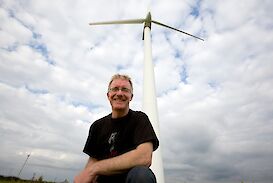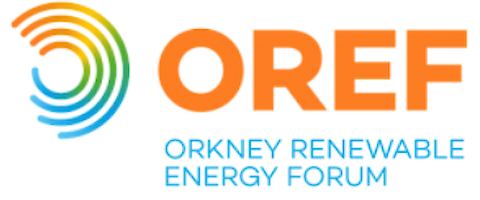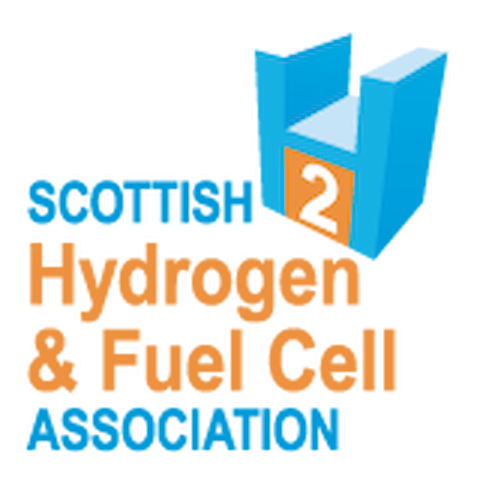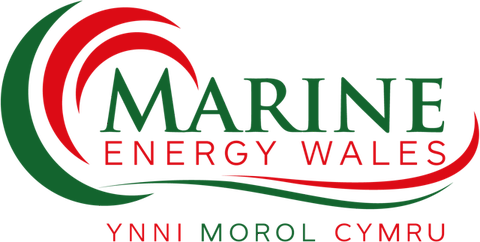Community owned wind farms have paid their communities 34 times more than commercial counterparts
Recent high-level report finds Scotland’s community owned wind farms have provided, on average, 34 times more benefit payments to local communities than privately owned wind farms.
 The report, produced by Aquatera Ltd on behalf of Point and Sandwick Development Trust, compared nine community owned and four private wind farms in Scotland and found that returns from the community owned wind farms average £170,000 per installed MW per annum, far exceeding the community benefit payment industry standard of £5,000 per installed MW per annum.
The report, produced by Aquatera Ltd on behalf of Point and Sandwick Development Trust, compared nine community owned and four private wind farms in Scotland and found that returns from the community owned wind farms average £170,000 per installed MW per annum, far exceeding the community benefit payment industry standard of £5,000 per installed MW per annum.
Janet Foggie, Chief Executive of Community Energy Scotland, said:
“This valuable study confirms what our sector has long-known; that the benefits from community energy vastly exceed those from privately-owned generation. The report reaffirms the importance of communities retaining control and ownership of renewable energy, to maximise the benefits to local people. I believe the same principles will apply to other areas that community groups are now engaging in, such as energy storage, EV car clubs and flexibility provision. This report shows renewable community energy is a vital part of our journey to an equal and fair Net Zero.”
Community benefit payments have become well established in the realms of commercial wind farm development in the UK and have progressed over the last 30 years to a rate of £5,000 per installed MW per annum (a rate which has been adopted by the Scottish Government in their guidance on community benefits within the onshore renewable energy sector).
Unlike private wind farms, community-owned wind farms’ monetary contributions are based on the turbine’s financial performance instead of a set yearly stipend. For the purposes of the report Aquatera analysed the figures to get a £ per MW per annum basis.
One case study within the report showed that the 0.9 MW community-owned turbine on the Orkney island of Westray has returned to the community approximately £299,057 per MW per annum and is expected to contribute £6.8 million to the community over its 25-year lifespan.
Norman Mackenzie, Chairman of Point and Sandwick Trust, which owns the UK's largest community wind farm, said:
"We are very pleased to have been able to contribute to this groundbreaking research into the tremendous economic impact of community energy. We are just one of a number of community wind farms in the Western Isles which together represent over £30 million of capital investment and which is returning a net income of £2 million a year into good causes in the local economy.
“Community energy punches way above its weight in financial and economic terms and if governments really want to 'level-up' and to spread the benefits of the green economy to all parts of the country, then they need to make community energy a central pillar of their climate policy and not just a 'nice-to-have'."
Private wind farm community benefit payments (separate from the normal operational benefits like the generation of local jobs) can be a valuable source of income for communities located near renewable developments. Some private developers also offer an opportunity for the local community to invest in the development and, in return, receive a share of the profits generated.
Results from this report, however, highlight the obvious increased long-term financial benefit that communities who own and operate their own wind farm have experienced.
NOTES TO EDITOR
- Above photo: Alan Hobbett, former Community Energy Scotland director and former Isle of Gigha Heritage Trust director, with wind turbine on Gigha. (Photo credit Community Energy Scotland)
- Point and Sandwick Development Trust (PSDT) commissioned Aquatera to compile a report on the economic benefits attached to community owned wind farms in comparison to their commercial operated counterparts. The full report can be found here.
- PSDT is a charitable organisation based in the Outer Hebrides that uses the income of community generated wind power to support local, social, cultural, educational and environmental development. For further information contact Calum MacDonald on 0771 471 8156.
- Community Energy Scotland (CES) is a registered Scottish Charity (Charity No: SCO39673) with its headquarters at 67a Castle Street, Inverness. It supports community groups to develop and use local renewable energy to maximise its value to the local community. For further information contact 07920 182308. www.communityenergyscotland.org.uk
- Community Energy Fortnight runs from the 14th-27th of June. A joint initiative by Community Energy England, Community Energy Wales and Community Energy Scotland, the programme aims to raise the profile of the sector in the public and policy domains, and to highlight some of the fantastic examples of local action tackling climate change, energy inequality and fuel poverty. Alongside videos, podcasts and blogs that we’ll be delivering over the fortnight, participants can get involved by sharing their stories on social media using the hashtags #WeThePower and #CEF2021.
- Aquatera is an Orkney-based environmental and energy consultancy, specialising in support for marine, coastal and land-based activities, including marine renewables projects worldwide. For further information contact +44 (0) 1856 850 088 and visit www.aquatera.co.uk
Media contact: Taylor St. John, taylor.stjohn@aquatera.co.uk










